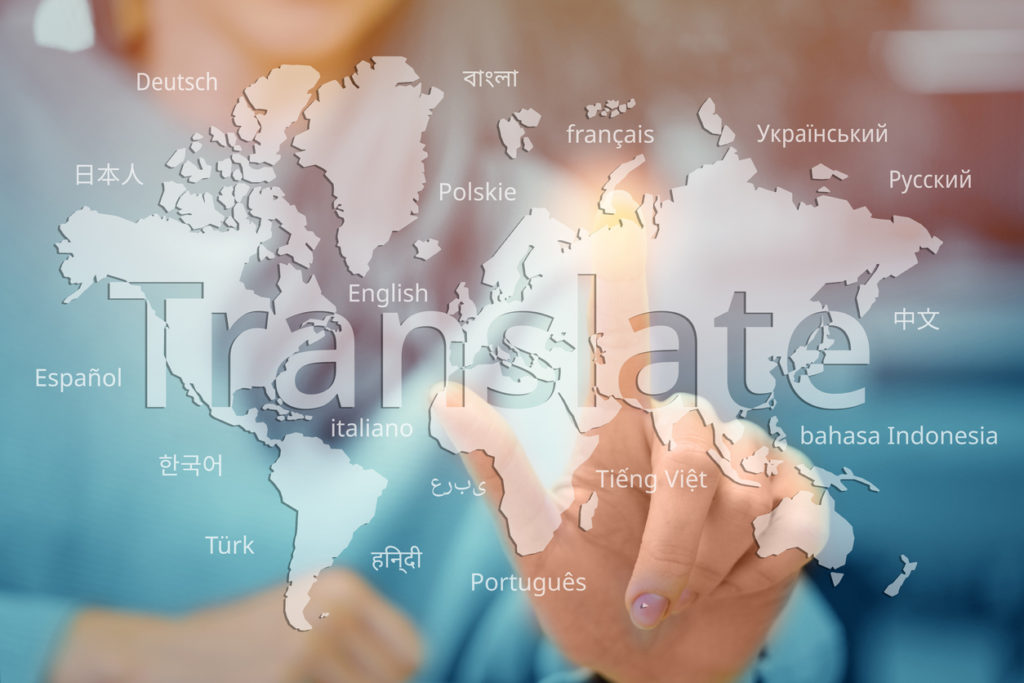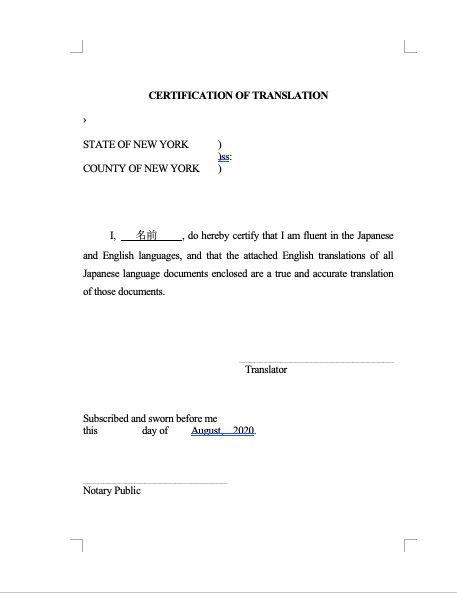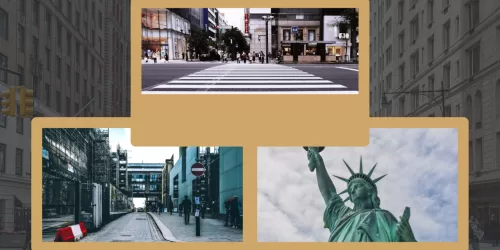How to Translate Japanese Documents Yourself for an Artist Visa Application (and Get Them Certified)

How to Translate Japanese Documents Yourself for an Artist Visa Application (and Get Them Certified)
Hello! I’m Maegami from the blog “Goddess’ Bangs”.
If you’re applying for an Artist Visa (O-1 or similar) and want to include proof of your achievements in Japan, this guide is for you—especially if you’re wondering:
“Can I translate my Japanese materials into English myself?”
Short Answer: Yes!
You can hire a professional translator, but translating the documents yourself is totally acceptable—and in fact, doing so shows that you’re proficient in English, which strengthens your application.
What Is an Artist Visa?
An Artist Visa, often referred to as the O-1B visa in the U.S., is designed for individuals who possess extraordinary ability in the arts. When applying, you must provide substantial proof of your artistic career, including articles, exhibitions, awards, and more.
How to Translate Japanese Documents for an Artist Visa
If you’re using Japanese newspaper or magazine articles as part of your application, you can translate them yourself. Here’s a step-by-step guide:
Step 1: Design the Layout
Use Microsoft Word, Illustrator, or another design tool to recreate the layout of the original article. This can include:
- Text blocks
- Images (label them as “The Beneficiary’s Photo”)
- Captions and bylines
Even if the original layout is vertical (as many Japanese articles are), it’s fine to translate it in horizontal English text while preserving the visual format.
Step 2: Translate Only Relevant Sections
If your article is part of a larger publication, only translate the parts that feature you. There’s no need to include unrelated content.
Don’t stress over small grammar issues caused by differences in nuance between Japanese and English. As long as the meaning is accurate, your translation will be accepted.
Get Your Translation Notarized
Once you’ve finished the translation, you’ll need to certify that the translation is accurate and done by you.
How to Do This:
- Go to a notary public—many large U.S. banks have them on-site.
- Bring your translated document and ID.
- Ask for a notarized certificate of translation, which confirms that:
- You are fluent in both Japanese and English.
- You personally translated the document.
Having this notarization stamp is essential for your Artist Visa submission.
Summary

In this post, we covered how to:
- Translate your own Japanese-language materials for an Artist Visa
- Format them clearly and accurately
- Get them notarized for official use
By following these steps, you’ll save money on translation fees and strengthen your Artist Visa application with confidence. Good luck!


